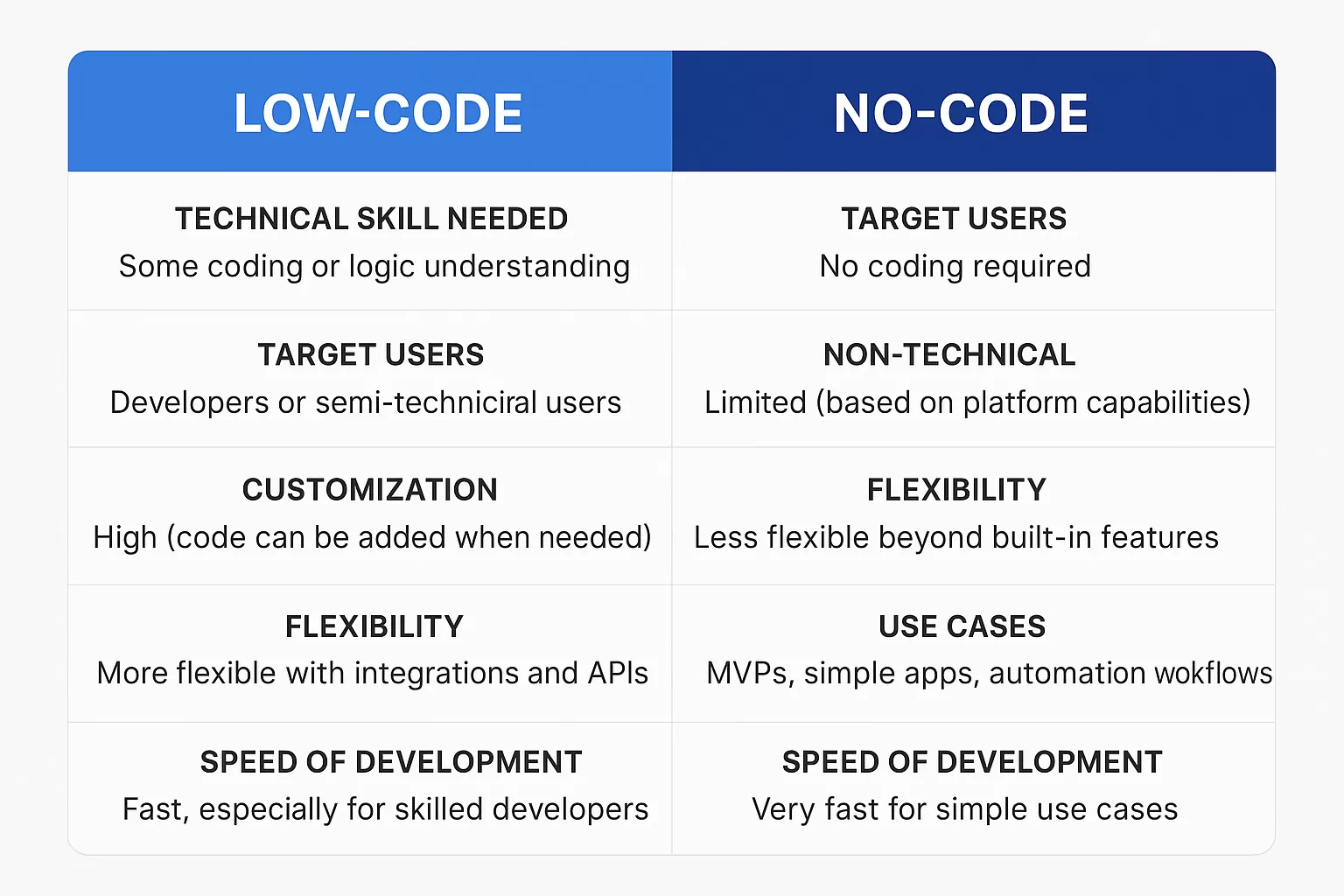
- Services .
-
Hire Developers .
- Industries .
- Company .
Explore detailed insights, expert opinions, and updates in our blog. Stay informed, discover new perspectives, and enhance your knowledge with every read.

As we move further into the digital age, telemedicine is becoming an essential service for patients and healthcare providers alike. With the rise of virtual consultations, doctors, therapists, and other healthcare professionals can provide remote care, making healthcare more accessible and convenient. In 2025, the expectations for telemedicine apps are higher than ever before, with users seeking seamless experiences, security, and an easy interface on both web and mobile platforms.
If you're considering building a telemedicine app with integrated website and mobile features, this guide will walk you through the process, key considerations, and essential features for developing a cutting-edge telemedicine solution.
Step 1: Define the Telemedicine App Concept
Before you dive into development, it’s important to define the purpose and scope of your telemedicine platform. Start by answering these key questions:
Once you have a clear idea of your app's purpose, you can tailor your design and features to match the needs of both users and providers.
Step 2: Key Features of a Telemedicine App
To stand out in 2025, your telemedicine app must have the following essential features:
1. Video Consultations:
2. Patient Registration & Profile Management:
3. Prescription Management:
4. Payment Integration:
5. Secure Messaging:
6. Push Notifications:
7. Admin Dashboard:
8. Multilingual Support:
Step 3: Choosing the Right Tech Stack for Your Telemedicine App
Selecting the right technology is crucial for ensuring the app performs well and provides a smooth experience across web and mobile platforms. Here’s a recommended tech stack for your telemedicine solution:
1. Backend Development:
2. Frontend Development (Web):
3. Mobile App Development:
4. Video Streaming & Communication:
5. Security:
Step 4: Design Considerations for Telemedicine App
User experience (UX) and user interface (UI) design are critical for the success of your telemedicine app. Here are some design tips:
1. Simple & Intuitive Navigation:
Patients and doctors alike should find the app easy to navigate. Prioritize simple menus and a clear flow, especially for elderly patients or those with limited tech experience.
2. Responsive Design:
Ensure the app adapts seamlessly to different screen sizes, whether on a smartphone, tablet, or desktop.
3. Accessibility:
Design the app to be accessible to everyone, including people with disabilities. Implement voice commands, text resizing, and high-contrast color schemes for accessibility.
4. Branding:
Your app’s design should be professional and trustworthy. Use a color scheme that reflects calmness and safety, such as blue and white, and ensure that your logo and app elements feel health-oriented.
Step 5: Testing and Launch
Testing is a crucial phase of any app development process. For telemedicine apps, you need to ensure functional, usability, and security testing are done thoroughly.
1. Usability Testing:
2. Security Testing:
3. Performance Testing:
4. Launch:
Step 6: Post-Launch Maintenance & Updates
Once the app is live, continuous monitoring, updates, and user support are essential for success:
1. User Feedback:
Regularly collect feedback to improve the app’s features and address pain points.
2. Bug Fixes and Updates:
Stay on top of any bugs or issues that arise post-launch. Regular updates to fix bugs, improve security, and add new features are critical to keeping users satisfied.
3. Scalability:
As your app grows, make sure it’s scalable to handle more users, more data, and more consultations.
Conclusion: Future-Proofing Your Telemedicine App
Building a telemedicine app in 2025 requires careful planning, cutting-edge technology, and a focus on providing high-quality, secure, and accessible healthcare services. Whether you're aiming to provide general consultations or specialized care, your app should prioritize user experience, security, and seamless integration between web and mobile platforms.
By incorporating features like video consultations, secure messaging, payment integration, and real-time health data syncing, you can create a robust telemedicine solution that meets the needs of modern healthcare providers and patients alike.
Stay ahead of the curve by following this guide and building a telemedicine app that is not only user-friendly but also equipped to handle the evolving demands of healthcare in the digital era.

How to Economically Hire Web and Mobile App Developers

Cross-Platform App Development Guide for Startups

Custom Web Application Development Guide for Startups

AI in Foreign Policy: Transforming Global Diplomacy

How AI and 5G Are Reshaping the Future of Telecom

How AI Is Shaping the Future of Entertainment Content

Solving Tech Debt: Smart Strategies That Boost Growth

Software Developer vs. Software Engineer: What’s the Difference?

Low-code vs. no-code app development

What Is Digital Transformation? A Modern Business Guide